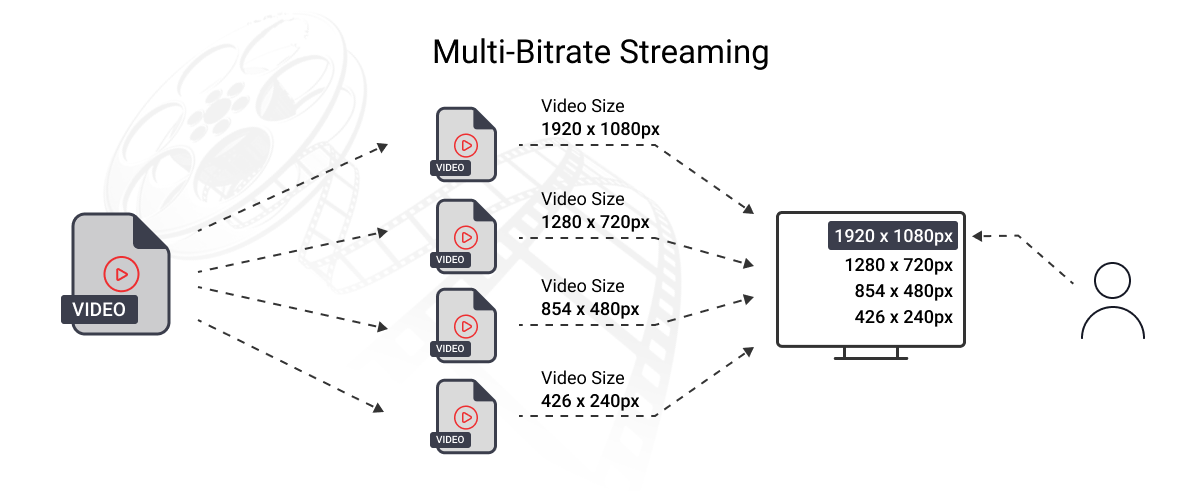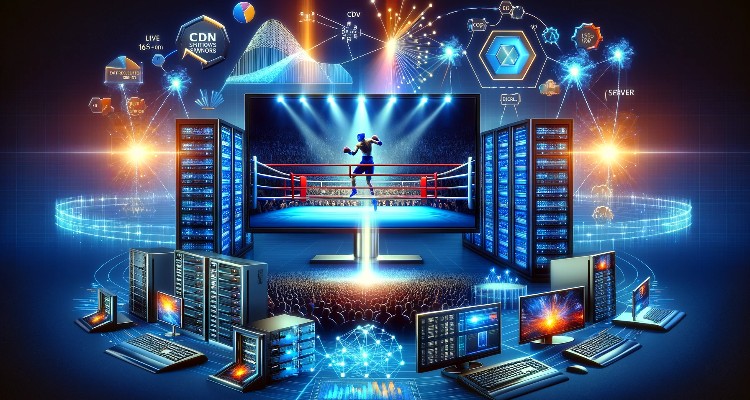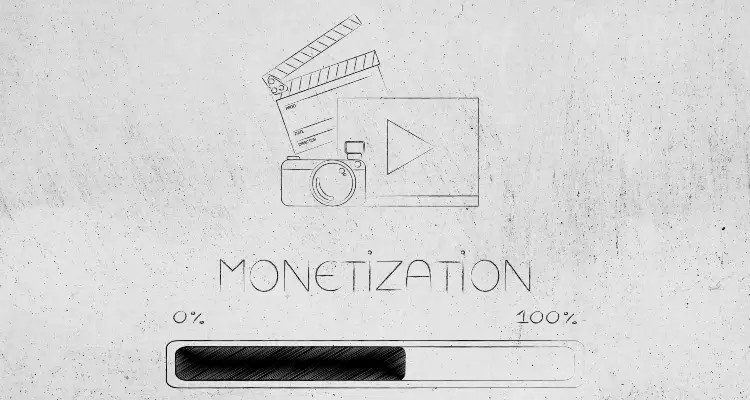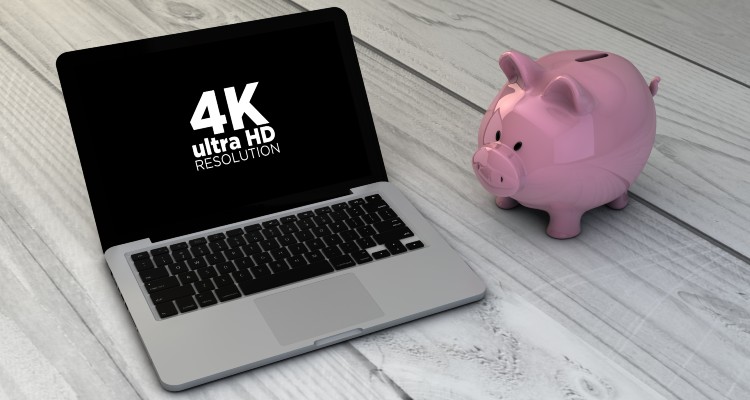Adaptive Bitrate Streaming: User Experience Optimization
Why is Adaptive Bitrate Streaming critical for the UE in the video streaming industry?

Streaming – the everyday routine
Video streaming becomes a conventional everyday activity for a large portion of the global population. Being a daily routine, users become more demanding of the quality of the service, which puts user experience among the most critical success factors in the streaming industry. According to TechRadar, poor streaming quality nowadays will drive the viewer away in less than 90 seconds.
The user experience task becomes even more challenging with the increased number of viewers and the numerous variety of devices and internet connections. For example, one of the top sports pay-per-view (PPV) events in 2020 – Mike Tyson vs. Roy Jones Jr. Fight, topped 1.6 million sales. This number means 1.6 million viewers with their specifics in internet bandwidth, speed, device processing power, playback capacity, etc.
In this article we are discussing:
- How do streaming providers deal with this concern?
- How can they deliver the stream to every end-user, providing each one with optimal quality?
The more popular answer is: “One Size Does Not Fit All.” The more sophisticated one is: “Adaptive Bitrate Streaming.”
Before diving into Adaptive Bitrate Streaming, let’s first clarify the term bitrate.
Bitrate describes the rate at which bits are carried from one location to another. Namely, this is the speed of transferring video data to the end user’s device. When the bitrate is higher, the video quality is better. But this is not always valid when it refers to streaming. If the bitrate is higher than the user’s bandwidth, it creates a bottleneck and buffering appears.
This is the point when Adaptive Bitrate Streaming comes on stage.
Adaptive Bitrate Streaming (ABR) is a technique that addresses user experience issues related to streaming quality. It provides the user with the optimum media quality, adjusting it in real time according to their bandwidth and CPU capacity. In other words, the ABR takes into consideration the user’s variables such as type of internet connection, bandwidth, speed, device processing capabilities, and screen size and delivers to the viewer the most appropriate file.
How does Adaptive Bitrate Streaming happen?
The typical signal flow in a streaming engine starts with the media ingest. The ingest is the process when the streaming platform accepts the video signal. The next step is transcoding the media to a format that allows the engine to administer it. Then comes the process of encoding the file in a format suitable for end-user delivery. Here comes the magic of Adaptive Bitrate Encoding and Streaming. Instead of creating a stream in a single bitrate, the transcoding machine creates multiple streams at different bitrates and resolutions.
What does it mean?
This means that the user’s player can choose the most appropriate file, which best corresponds to current internet speed, bandwidth, and screen size, to experience a smooth stream without buffering. Here’s a table with the most popular bitrates and resolutions shared by Netflix.
Adaptive Bitrate Streaming – Insights
The ABR is not a one-time action but a continuously ongoing process throughout the entire stream. It is a dynamic approach that alters the bitrate and resolution according to the user’s internet environment’s current changes. This process becomes possible for two reasons. First, thanks to the transcoder that splits the video in 2-10 second long chunks, and second, thanks to the so-called manifest file. Before the playback start, the user’s player downloads the manifest file. It contains all the information on the available chunks and bitrates. The player then chooses the relevant bitrate and starts the playback. As a result of the chunk separation, the player can choose a more suitable asset during the playback without affecting the user experience. The outcome of the dynamically adjusted streaming parameters is no buffering or any other stream interruptions.
Progressive Streaming
On the other pole of Adaptive Bitrate Streaming, stays Progressive Streaming. Progressive Streaming is one of the first streaming methods, and in practice, it is a stream of a single file over the net without considering the viewer’s specifics. This is the reason why Progressive Streaming often leads to buffering and poor user experience.
Multi-Bitrate Streaming
Multi-Bitrate Streaming stays somewhere in between Adaptive Bitrate Streaming and Progressive Streaming. In Multi-Bitrate Streaming, the video gets split into several bitrates and resolutions, and it is up to the viewer to decide which video quality to choose. If the viewer does not select one, the player resolves it automatically. The downside of this approach is that the player does not consider any technical fluctuations and cannot change the bitrate and resolution dynamically. Naturally, this tends to lead to buffering issues.
Adaptive Bitrate Streaming Benefits
ABR eliminates the buffering issues by adequately matching the video quality to the user’s variables. Besides, by initializing the playback with lower-quality renditions, ABR provides a faster start and smoother playback. The ability to tailor the content to the ever-increasing smartphone and tablet audience on the go is crucial in the current competitive environment.
If we have to sum up the Adaptive Bitrate Streaming benefits, we can say: “Optimized User Experience.”
Conclusion
At Bianor, we have vast know-how in building custom OTT streaming platforms, enhancing existing ones, or setting up cost-effective solutions using third-party software. We realize that User Experience is an essential success factor in the streaming industry, and with our efforts and proficiency, we always aim at achieving it at its best. We are well aware of the importance of adaptive bitrate encoding for optimal delivery to any device on any network. ABR is just one of the tools that need to work in synergy with others to make a streaming platform successful. If you have questions or would like to discuss your project, we are always at your disposal.
Video Streaming Lifecycle
Download Bianor’s white paper to learn more about the five most crucial components of video streaming lifecycle.




























































